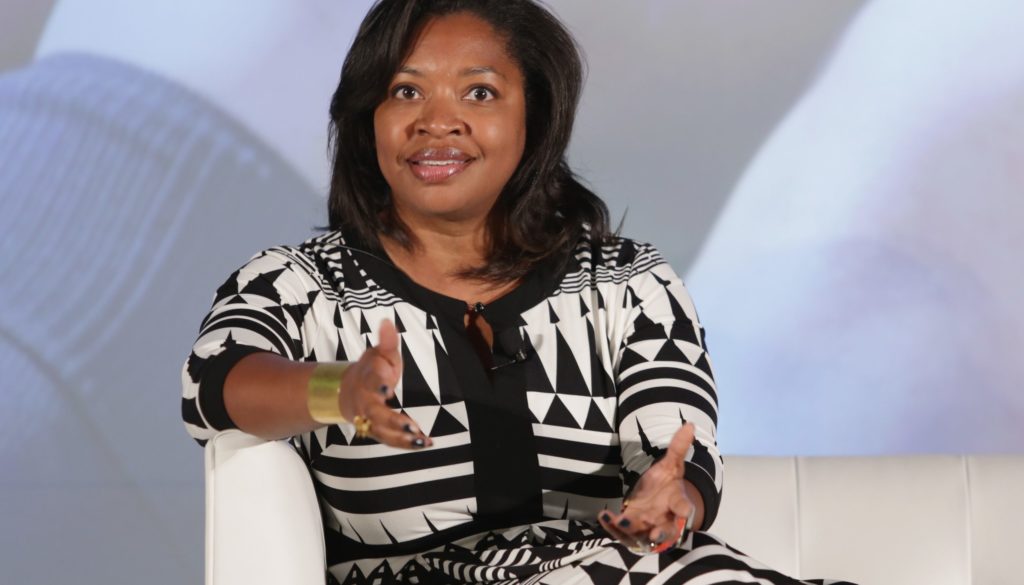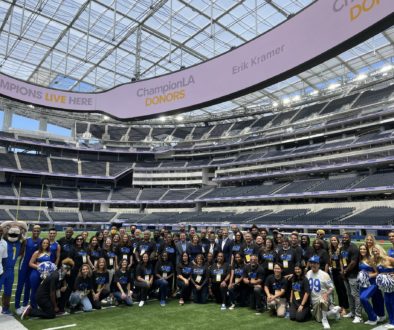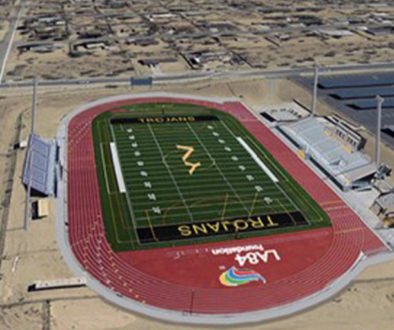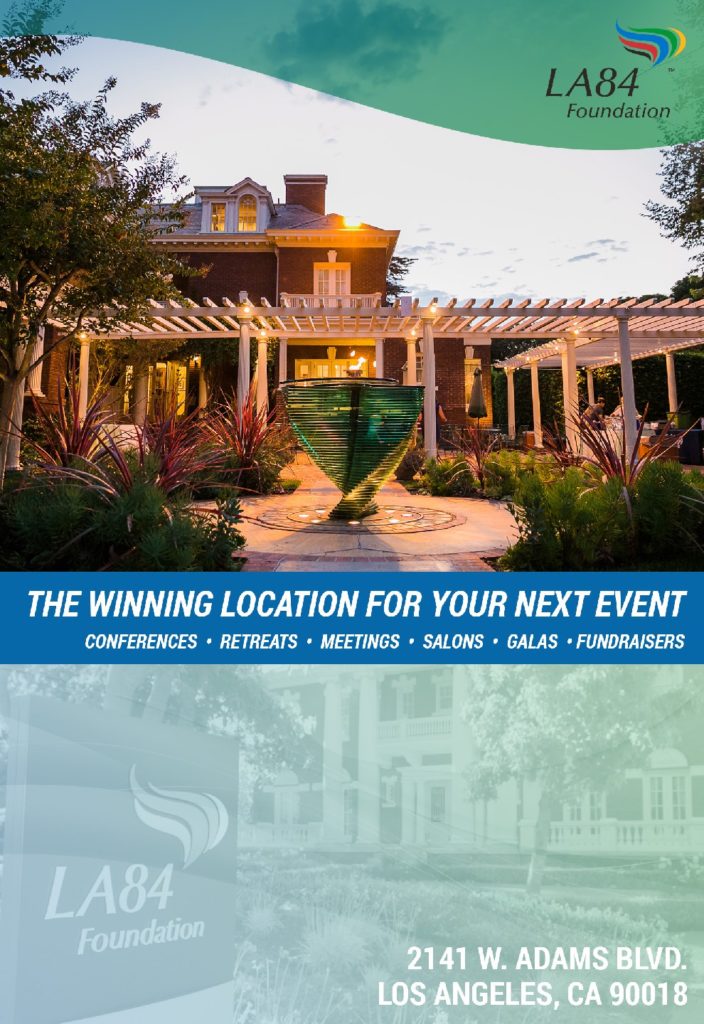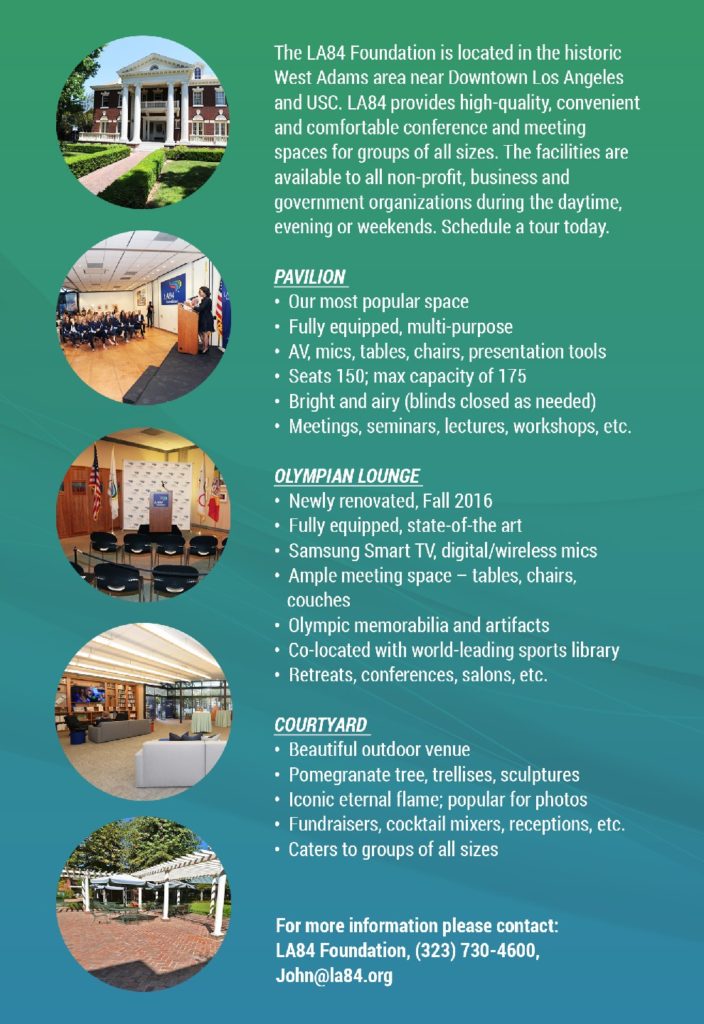LA84 Summit Panel Recap: Maximizing Impact through Collaboration
Partnerships. It’s a buzz word in the field of youth sports and in business on the whole, but how exactly do partnerships work? And how should youth sports-minded organizations best partner in order to maximize their positive impact on young athletes and their communities? At the LA84 Summit, four executives of companies who partner on a large scale to create opportunities for underserved youth in sports addressed the best ways to properly partner and how partnering together isn’t always as linear as simple as it might seem. See the full video of the panel below.
Elevating the Field: Maximizing Impact through Collaboration Panelists
Kelly Cheeseman, COO, AEG Sports
Sherrie Deans, Executive Director, National Basketball Players Association Foundation
Caitlin Morris, North America Executive Director, Global Community Impact, Nike
Benita Fitzgerald Mosley, Chief Executive Officer, Laureus Sport for Good Foundation; Olympian, Track & Field
Moderator: Tom Penn, President & Owner, Los Angeles Football Club
One Size Does Not Fit All
While two organizations might seem like perfect fits to partner on the surface, they need to be together at their core mission for positive change to be truly maximized. “You’re not in every partnership for the same reasons,” Morris said. “Nike is always looking at how we’re going to move the needle on how that particular program works.”
For example, if both partners are looking to host events at their own sites, or each are simply looking to donate funds to a program, then the partnership might not be a perfect fit. It doesn’t need to be a perfect fit, but a meshing of purposes and desired outcomes helps put change into action. “We wanted to give money to get kids into street hockey and ball hockey,” Cheeseman said about some of the Los Angeles Kings’ youth programs. “But it wouldn’t have worked without collaboration with the YMCA, where we knew our money was going to be in great hands since they had the coaches, resources and facilities that we could work together with to develop.”
PANEL RECAP: Equity in Play: Safety, Space & Money
“You don’t always have to lead. Sometimes it’s about figuring out how you partner and who has the right skill sets for which role,” added Fitzgerald-Mosley.
Equal Seating at the Table
It might seem obvious, but the panelists emphasized how partners always need to go out of their way to ensure there is trust and equality among all organizations involved. “The group of organizations and leaders you bring together and work with should have the freedom to express their own ideas. You have to create an environment not only where this takes place, but is expected of everybody,” Fitzgerald Mosley said. For Deans? “Partnership is like marriage; if there’s imbalance, it’s never going to work.”
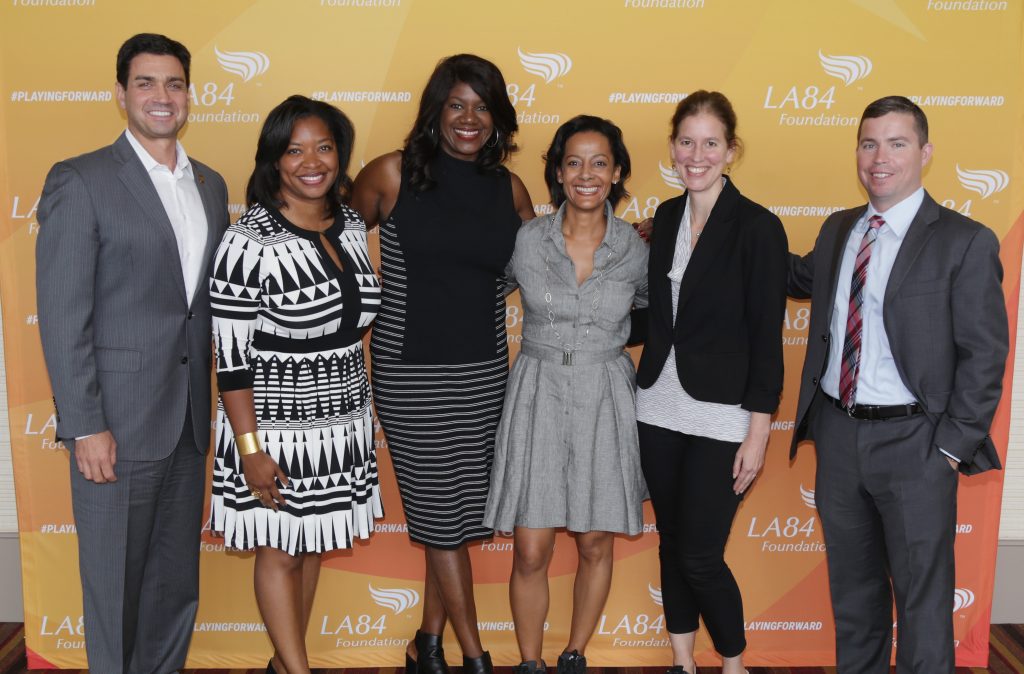
This also applies to the communities themselves. Fitzgerald Mosley’s Model City Initiative with Laureus has made huge impacts just six months in, in Atlanta. A big reason for this? Working with Families First, a 125-year-old local social service organization that knows the ins and outs of the local neighborhoods and governments.
The same went for Cheeseman and AEG’s partnership with the Discovery Cube Los Angeles at Hansen Dam, where they contributed to the Science Center with exhibits involving the scientific and mathematic elements of hockey. “We wanted to make difference around sport, but also around education, so that one [partnership] made a lot of sense,” Cheeseman said.
Be Intentional
At the end of the day, every partner needs to direct with their goal for working together. “It’s not always a partnership they want,” said Deans on some organizations who have approached her and the NBA Players Association. “It’s a hijacking. Both groups need to bring their value, their treasure, to the table. We have to be honest with the end goal that we really, truly want to happen.”
PANEL RECAP: Keynote Address from Renata Simril
Partnerships in sports are like a puzzle, the panelists seemed to say, where there’s not the perfect fit, but one can tell almost immediately if there’s not a viable fit. It’s a challenge, but the gap between wanting to do good and actually making that positive impact has to be filled. “We have to be intentional about the business of supporting women in sports,” Morris said. “We have to stay on top of the ball.”
See more from the Summit and the latest from LA84 here.
